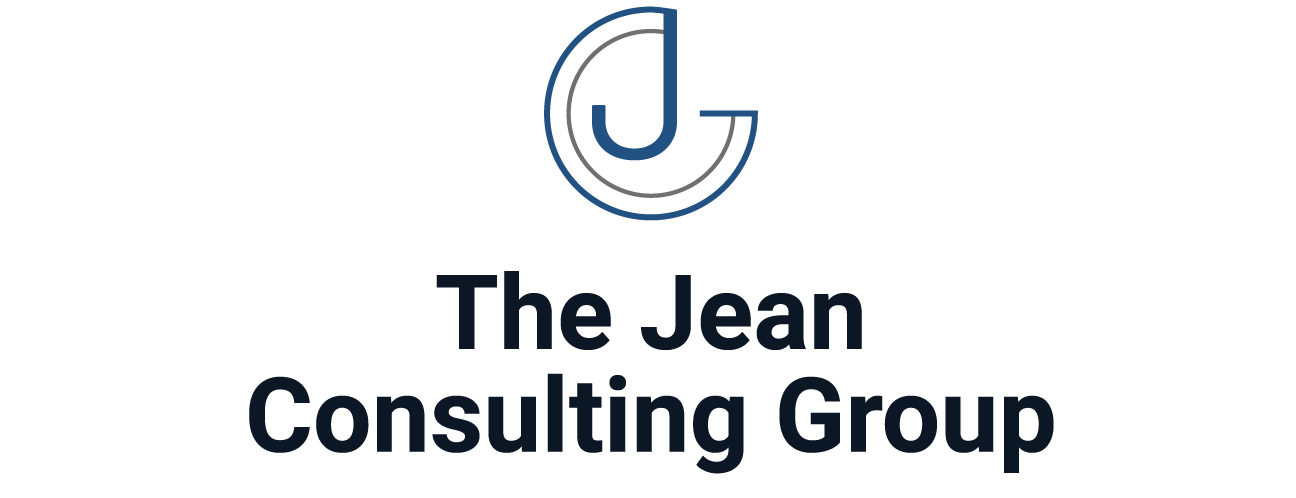In today’s dynamic and competitive business environment, investing in employee training and development is essential for organizational success and employee growth. Developing comprehensive training and development frameworks within organizational policies and handbooks is a crucial step in fostering a culture of continuous learning and skill enhancement. This article explores the importance of creating robust training and development frameworks, offering guidance on integrating them into policies and handbooks to support employee growth, enhance performance, and drive organizational success.
Understanding Training & Development Frameworks
Training and development frameworks are strategic plans that outline the processes, resources, and objectives for employee learning and skill development within an organization. These frameworks encompass various aspects, including training needs assessment, curriculum design, delivery methods, evaluation metrics, and career development pathways. By establishing clear frameworks, organizations can align training initiatives with business goals, address skill gaps, and empower employees to reach their full potential.
Key Components of Training & Development Frameworks
When developing training and development frameworks as part of organizational policies and handbooks, organizations should consider including the following key components:
- Training Needs Assessment: Methods for identifying and assessing employee learning needs, including surveys, performance evaluations, and skills assessments.
- Learning Objectives and Goals: Clear objectives and goals for each training program or initiative, aligned with organizational priorities and employee development needs.
- Curriculum Design: Development of training curricula and materials, including course content, learning activities, and resources tailored to different learning styles and preferences.
- Delivery Methods: Selection of appropriate delivery methods for training, such as in-person workshops, online courses, virtual classrooms, on-the-job training, and mentoring programs.
- Evaluation and Feedback Mechanisms: Procedures for evaluating training effectiveness and collecting feedback from participants, stakeholders, and supervisors to inform future training initiatives.
- Career Development Pathways: Opportunities for career advancement and professional growth within the organization, including mentorship programs, job rotations, and leadership development initiatives.
- Resource Allocation: Allocation of resources, including budget, time, and personnel, to support training and development initiatives effectively.
- Integration with Performance Management: Integration of training and development activities with performance management processes, including goal setting, performance reviews, and competency assessments.
Strategies for Integrating Training & Development Frameworks
To effectively integrate training and development frameworks into organizational policies and handbooks, organizations can employ the following strategies:
- Dedicated Handbook Sections: Develop dedicated sections in the employee handbook that outline the organization’s training and development policies, procedures, and opportunities.
- Communication and Awareness: Communicate training and development opportunities regularly to employees through multiple channels, such as emails, intranet announcements, and staff meetings.
- Managerial Support: Provide training and resources to managers to help them support employee development, identify training needs, and facilitate learning opportunities.
- Flexibility and Accessibility: Offer flexible training options and formats to accommodate diverse learning preferences and schedules, including self-paced online courses, lunch-and-learn sessions, and off-site workshops.
- Continuous Improvement: Regularly review and update training and development frameworks based on feedback, evaluation results, and changes in organizational goals or industry trends.
Conclusion
Training and development frameworks are essential for fostering a culture of learning and growth within organizations. By integrating comprehensive frameworks into policies and handbooks, organizations demonstrate their commitment to employee development and organizational success. As organizations strive to adapt to changing business environments and technological advancements, robust training and development initiatives serve as essential tools for building a skilled and engaged workforce capable of driving innovation, productivity, and long-term success. By prioritizing training and development in policy and handbook development, organizations lay the groundwork for a culture of continuous learning, improvement, and achievement.




